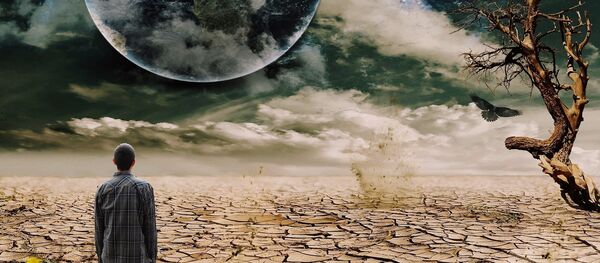We have repeatedly seen how writers, screenwriters, directors and computer graphic artists imagine aliens. The works of Edgar Rice Burroughs, George Lucas, Carl Sagan and more recently, Ridley Scott, are some examples of how artists imagine aliens.
However, scientists around the world have also given aliens a good amount of thought. The most authentic ones, those who give lectures at leading universities and are burdened with status and titles, even those scientists have admitted to thinking about how alien life might look.
In April 2017, Stephen Hawking drew the attention of scientists searching for extraterrestrial life, that the long-awaited discovery could be fatal for humanity.
“One day, we might receive a signal from a planet like this, but we should be wary of answering back,” he said in the documentary Stephen Hawking’s Favorite Places.
Conditionally, all scientists can be divided into three groups. Some believe that our water-carbon life is unique to the universe, the second say that it is not unique. The third group maintains that we are greatly mistaken, believing that living things can arise only from those compounds that make up human beings.
This belief has even been coined as a term in scientific literature, “carbon chauvinism.”
The author of the term, the famous US astrophysicist Carl Sagan, has often said that the only reason behind the search for water-carbon extraterrestrial life is due to the circumstance that we ourselves consist of carbon and water.
There could be plasmoids, radiobes, lavobes, vodoroby, and thermophages: basically, aliens which consist of some other chemical composition altogether.
US astronomer Victor Stenger argued that life does not need to consist of molecules. So this has formed a conditional list of fictitious creatures that could theoretically exist in different atmospheric and atmosphere-less environments.
Doctor of Physical and Mathematical Sciences and a member of the Scientific Council of the Russian Academy of Sciences for Astrobiology, Leonid Ksanfomaliti in earnest talks about the possibility of life on Venus.
“It's almost impossible to imagine life in an environment that is close to the sun, but with the help of the Soviet apparatus Venera-9, Venera-10, Venera-13 and Venera-14, we were able to see both the flora and fauna of Venus. However, the pictures were very poor and to make sure of the existence of living beings, new research is needed,” Ksanfomaliti said.
But what can replace carbon? Silicon is among the most likely candidates. Of course, silicon compounds cannot be as diverse as carbon compounds. Nevertheless, silicon life can exist on planets with a temperature much higher than that of Earth.
It seems like the speculation and search for evidence of extra-terrestrial life will go on for decades to come. As technology and science evolves, humanity today has the capability of reaching faraway places in space which were once shrouded in mystery. It’s anyone’s guess what awaits us from deep space.



